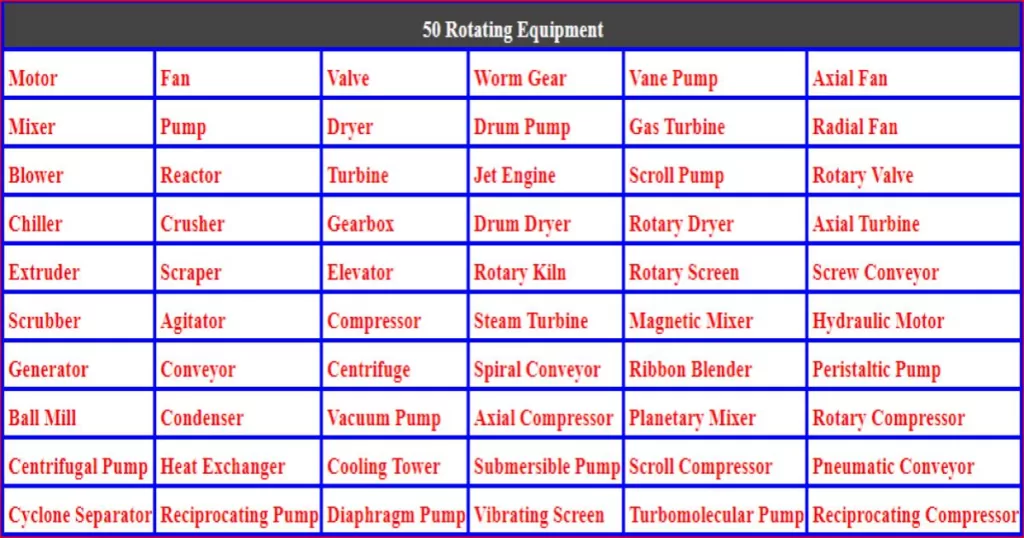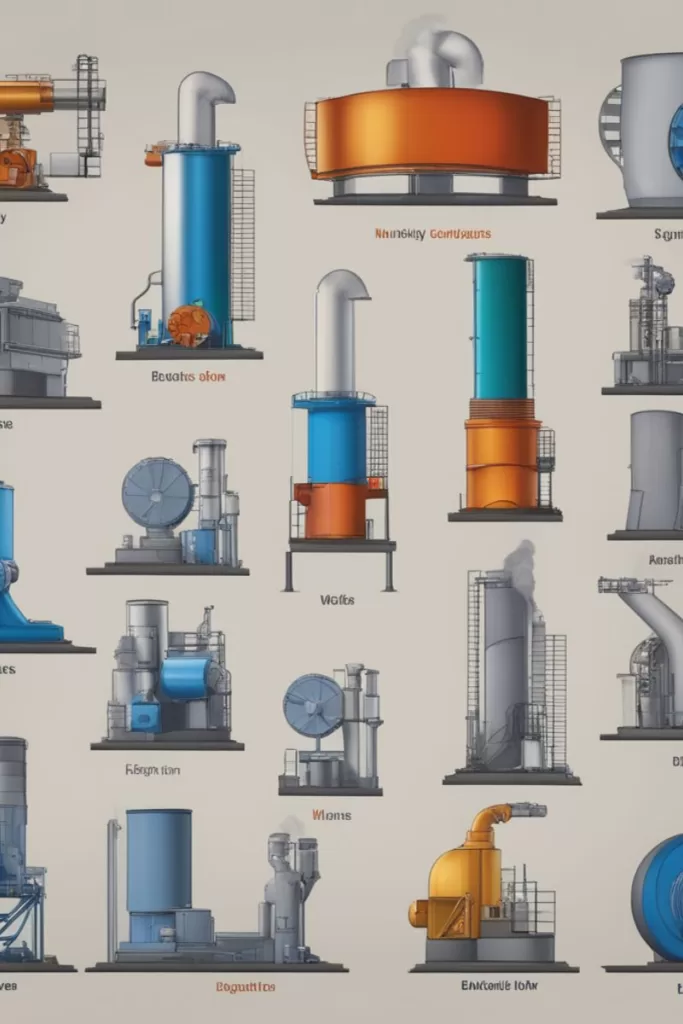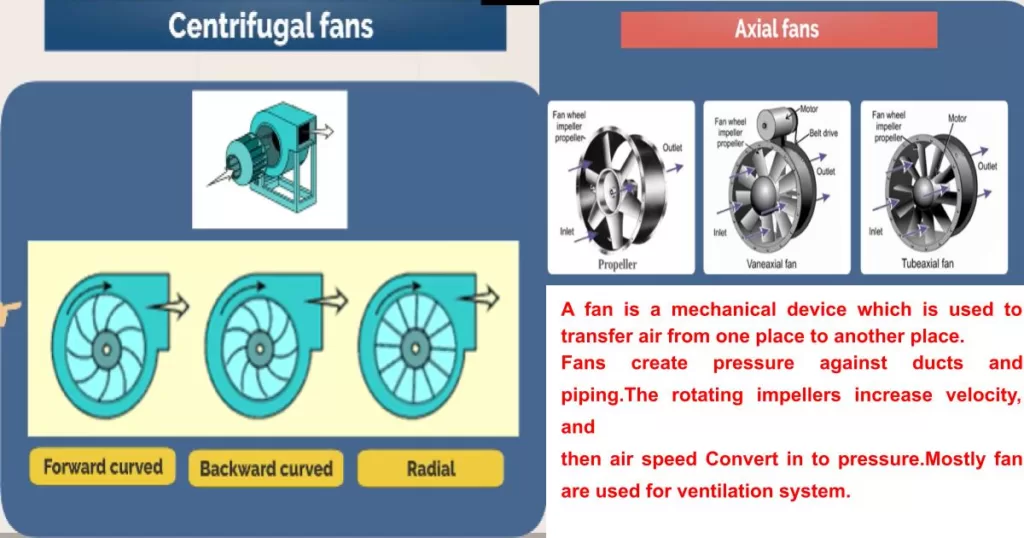What is an Orifice Flange?
An orifice flange is an industrial component designed to help regulate the flow of liquids and gases in a variety of applications. It’s usually composed of two flanges, one flat and the other with a specially shaped hole known as an orifice that helps measure flow rate when the fluid moves through it. Different types of orifice flanges can be used for different purposes, including measuring pressure differences and controlling steam flow.
An orifice flange is a component of an industrial pipeline system, usually composed of two flanges. One flange is flat, while the other has a specially shaped hole known as an orifice, which helps measure the rate of flow when the fluid moves through it. This orifice is usually countersunk so that stress erosion doesn’t occur on the edges of the hole and cause it to become larger over time. The hole size and type can be designed according to specific application requirements.
Types of Orifice Flanges
Weld Neck, Threaded, Lap Joint, and Slip-on Flanges.
Orifice flanges are available in a variety of materials and types, such as weld neck, threaded, lap joint and slip-on flanges. The most common type is the weld neck orifice flange, which features a specific groove that allows for welding at the end of the pipe system. Threaded orifice flanges have threads cut into them to help connect two pieces of equipment quickly and easily. Lap joint orifice flanges feature a tapered hub at one end that slips over the stub end attached to the pipe. Slip-on type orifice flanges are put onto pipes without any welding work necessary. Each type of orifice flange has its own unique applications and benefits in industrial settings.
Uses of Different Orifice Flanges
Different types of orifice flanges have their own uses and benefits. Weld neck orifice flanges are typically used in applications that require strength and pressure resistance, while threaded orifice flanges are perfect for applications that need fast connection and installation. Lap joint orifice flanges work well when the line has to be frequently cleaned or inspected, while the slip-on type is ideal for larger diameter pipes and requires no welding prior to installation. Each application requires a certain type of orifice flange to meet safety specifications.
Selection Criteria for Orifice Flanges
When selecting the right orifice flange for a given application, there are several major factors to consider. Firstly, size is critical – make sure that the orifice flange has the right diameter and pressure rating. Secondly, check whether your system requires welding connections and whether slip-on or weld neck flanges are better suited. Thirdly, check the environmental conditions of the product and its performance requirements. Lastly, look at cost considerations as different types of orifice flanges have different price points due to material and labour costs associated with them.


